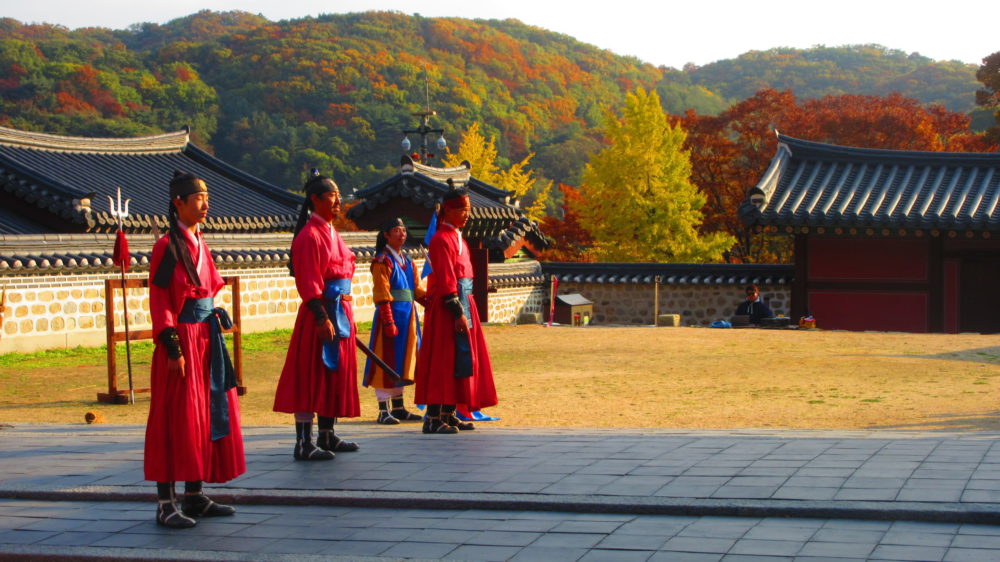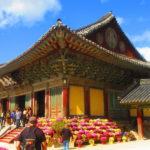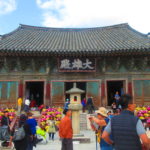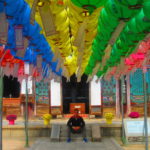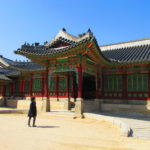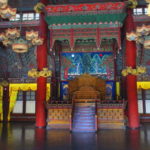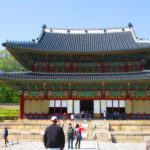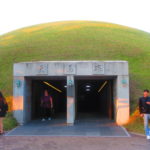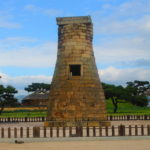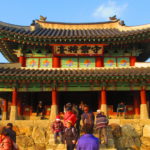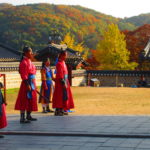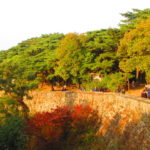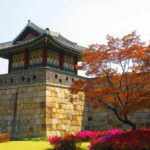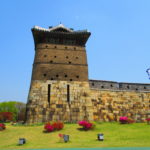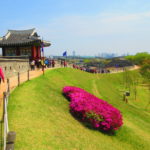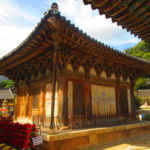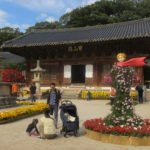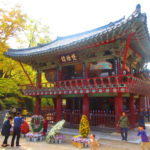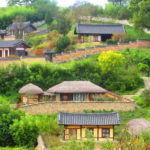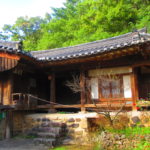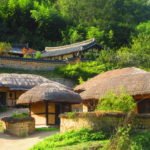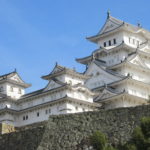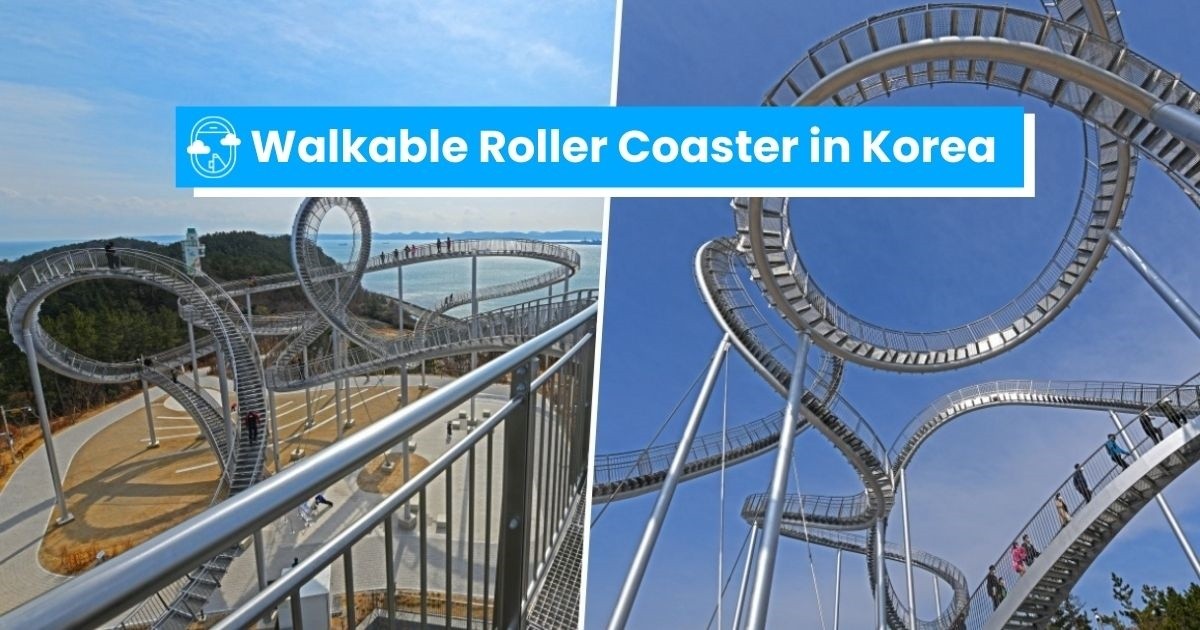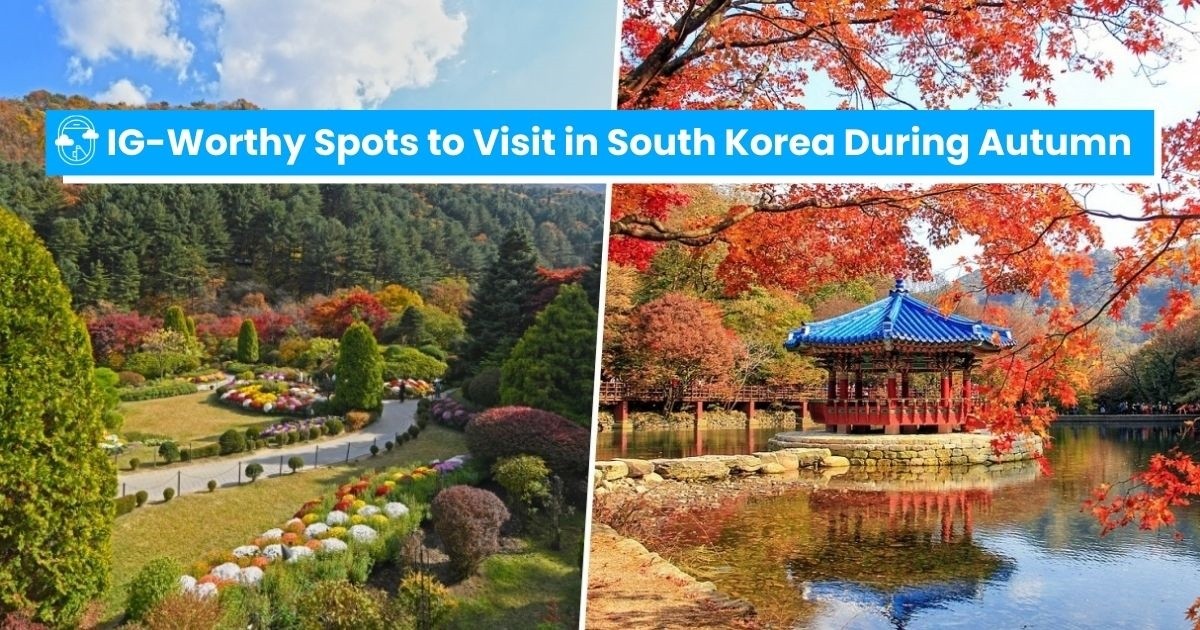Visit These UNESCO-Listed Sites in South Korea
Visit these fascinating sites in South Korea to better understand the country's culture and history.
by Joshua Berida | December 31, 2019
South Korea has a long and storied past that spans several centuries. This history is well-preserved and maintained in various parts of the country. If you are the type of person who wants to see the country’s UNESCO Heritage Sites, here are places to include in your itinerary.
Bulguksa
This attraction’s inscription took place in 1995. Bulguksa exemplifies the best of Buddhist art during the reign of the Silla Kingdom. The current structure dates all the way back to 751. The complex is beautiful and has many Buddhist structures and relics of historical and cultural importance.
Admission: W5000
Changdeokgung Palace
Changdeokgung was inscribed as a heritage site in 1997. The Joseon Dynasty’s kings had five grand palaces constructed and Changdeokgung is one of them. This destination dates back to 1395 and served as a primary palace at the time. The palace underwent reconstruction and maintenance throughout the centuries.
Admission: W3000
Gyeongju Historic Sites
Gyeongju’s inscription took place in 2000. Two of the areas included on the list are the Cheomseongdae Observatory and the burial mounds. The city is considered as an “outdoor museum.”
Admission: W3000 for the burial mounds
Namhansanseong Fortress
This UNESCO Heritage attraction’s inscription took place in 2014. It is a mountain fortress that provided the ancient rulers with a strategic location to fend off invaders or serve as an emergency base. The fort dates back to the Joseon Dynasty. The fortress grew in size and importance from the 16th to the 18th centuries because of the many wars that took place during this time.
Admission: W2000
Suwon Hwaseong
Suwon Hwaseong got its UNESCO Heritage status in 1997. Its main features include gates and a wall. King Jeongjo had the fort built because he planned to make Suwon the capital instead of Seoul. He chose the location because he believed it was strategic. Walk along the wall to get overlooking views of Suwon and the surroundings.
Admission: W1000
Tongdosa
This temple’s inscription as a UNESCO Heritage Site took place in 2018. Jajang, a monk, established the temple after his study and trip to China in 646. Tongdosa thrived during the Goryeo and Silla eras when the state religion of the country at the time was Buddhism. The complex is home to many Buddhist relics; it has also undergone numerous reconstructions and renovations throughout its history.
Admission: W3000
Yangdong Village
This folk village became a UNESCO World Heritage Site in 2010. The village provides a glimpse of rural life in Korea. It showcases the lifestyle and homes of the Korean aristocracy centuries ago. Son So established the village and it grew from one family to a large community.
Admission: W4000
Which South Korean historical sites have you visited?



